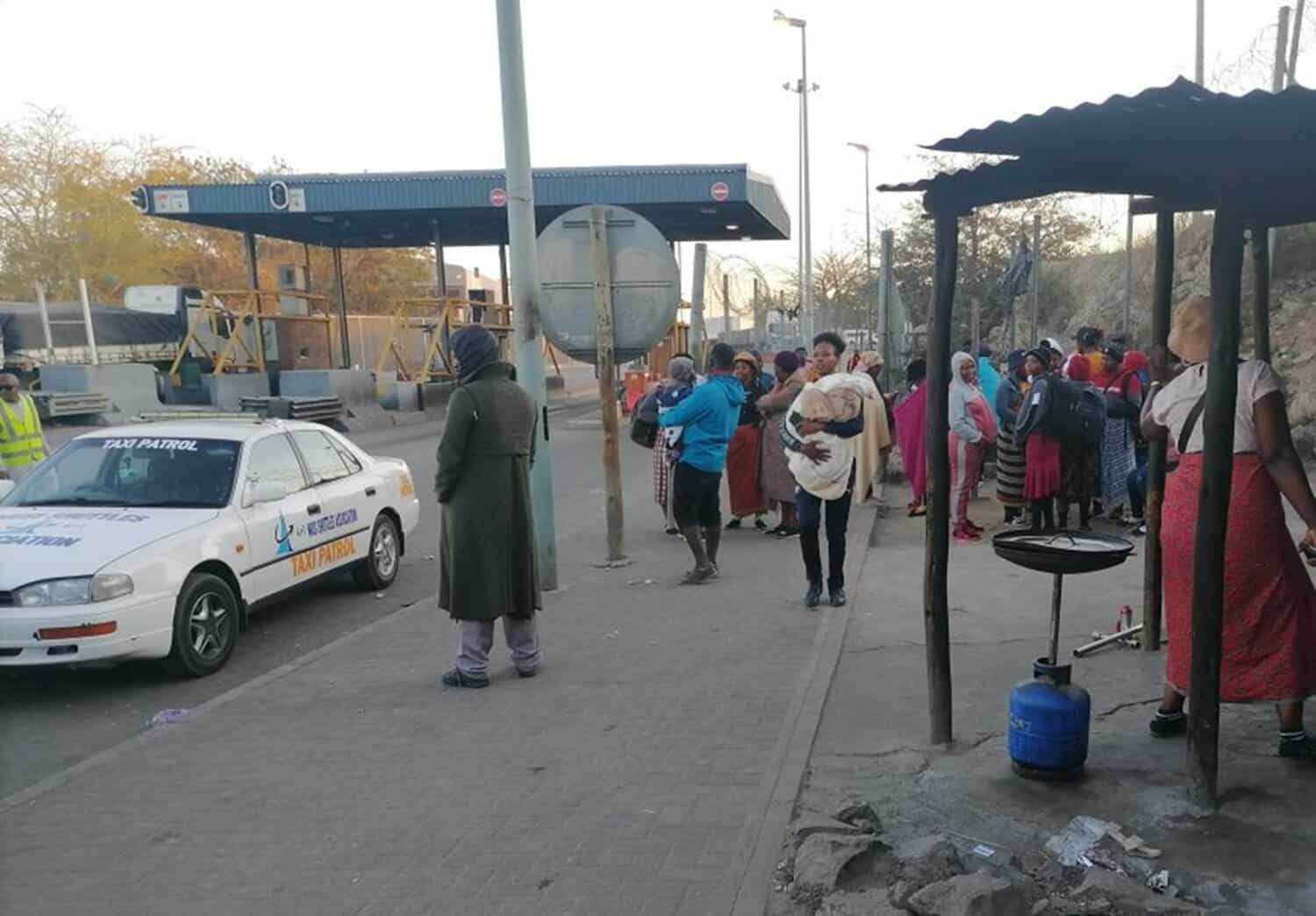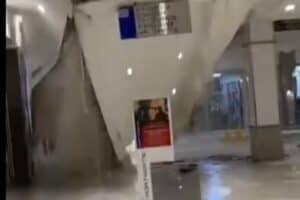Minister sees Home Affairs reform as a template for the rest of the state.

The Department of Home Affairs has deported more than 51 000 illegal immigrants since the government of national unity (GNU) took office just over a year ago, exceeding the number of deportations over the previous five years.
“The best investment we can make is to beef up border control,” Home Affairs Minister Leon Schreiber said at a PSG Think Big presentation on Tuesday, adding that a revitalised and reformed Home Affairs, using the latest technologies, could become a template for reform in the rest of the state.
While the exact number of undocumented migrants in SA remains unknown, Stats SA put the number of international migrants living in SA at 2.4 million in 2022.
Undocumented migrants place added strain on the country’s resources, such as healthcare and schooling, and it’s an issue which has become a concern across the political spectrum.
SA’s leaky borders are the result of 30 years of underinvestment and diminishing security.
Border management, previously in the hands of seven different departments and agencies, has now been consolidated into the Border Management Agency (BMA).
No magic wand will fix the problem, says Schreiber, one of the few ministers with a good news story to tell and an enthusiastic advocate of technology. Only systematic reform using technology such as drones and fraud-proof ID verification will bring the border problem under some kind of control, he adds.
Green ID book
The green ID book has been an enabler of fraud, made possible by the ability to replace photos and steal identities. This represents a huge cost to the country.
Some 18 million South Africans still use these ID books, all of whom are being corralled into applying for the smart ID card, which makes it far more difficult to defraud.
Foreigners and visitors to SA will be required to make use of the same fraud-proof ID verification demanded of South Africans, using biometrics such as fingerprints and photos.
Use of new technologies resulted in a 215% increase in the detection and prevention of illegal crossings over the last year.
Schreiber says the process of entering and exiting SA must be automated and linked to biometrics, along the lines currently applied to South Africans, which will negate the opportunity for corruption.
“All of this requires funding. You won’t find a politician who doesn’t complain about this problem, but they’re quiet when it comes to funding the BMA. This will reduce pressure on law enforcement.”
ALSO READ: Here is what’s causing delays at Home Affairs offices
Clearing the visa backlog
One of the triumphs of Home Affairs under Schreiber’s leadership has been the clearing of a visa backlog of 306 000 applications.
“When I came [to Home Affairs], a common complaint was that we had only had 40% of the staff required. People were drowning in the amount of work to be done.
“We’ve used technology to take the pressure off staff, but in the future, we will be going into communities to address people who have been left behind,” said Schreiber, a reference to the large number of undocumented South Africans.
“Reform is happening under the GNU in ways that many people thought was not possible” said Schreiber.
Home Affairs has a national security function, but it is also an economic enabler. “We’re positioning Home Affairs as an economic enabler,” he adds.
The signature reform introduced by Home Affairs is the Electronic Travel Authorisation (ETA), which allows tourists to apply and verify their ID online, rather than having to visit an embassy office or high commission.
This has resulted in 27 000 more visitors from key markets like India and China, and is part of a phased rollout of online visa applications that Schreiber hopes will set the benchmark for the world.
ALSO READ: Businesses tap Home Affairs’ visa reforms to recruit foreign talent and boost tourism
ID verification
Under the previous ‘bricks and mortar’ approach, visitors to SA were required to visit an embassy or consulate for in-person ID verification, a costly and laborious exercise that discouraged visitors. Visas that were granted often came late, resulting in travellers missing their flights.
“We’re automating that so you can upload information online. We match the photo on your passport to a selfie, and then use that machine learning algorithm to do the risk checks. When you arrive in SA, you will look into a camera so that we can verify that it is you,” said Schreiber.
SA has lost opportunities to attract investment and visitors in the film, sport, and music sectors because of the old, clunky visa system.
One of the recent innovations introduced by Home Affairs will make use of more than 1 000 bank branches around the country – already equipped with fingerprint scanners and cameras for biometric verification – to vastly increase the speed and efficiency of applying for ID cards, passports, and other documents.
The department’s online verification service has been overhauled and improved, so online verification failure rates have dropped to less than 1%, where previously up to 50% of verification attempts failed.
There was also a large-scale abuse of the online verification system, which charged just 10c or 15c for an ID verification.
That has now been bumped to R10, which more equitably represents the cost of providing the service.
This article was republished from Moneyweb. Read the original here.
NOW READ: SA can fix its borders with a TV show – here’s how






